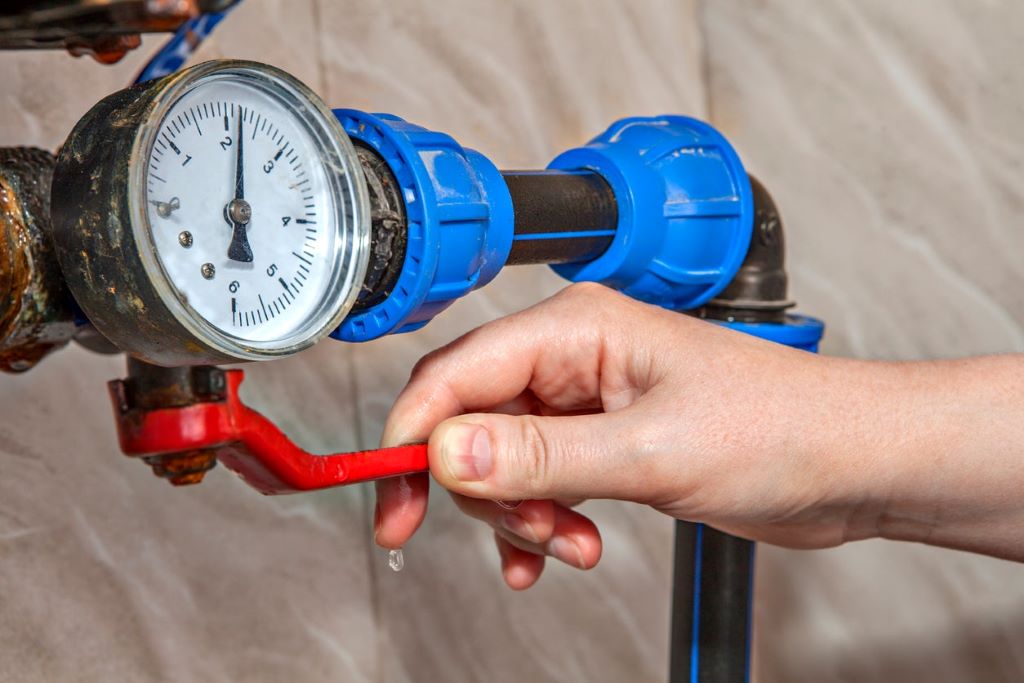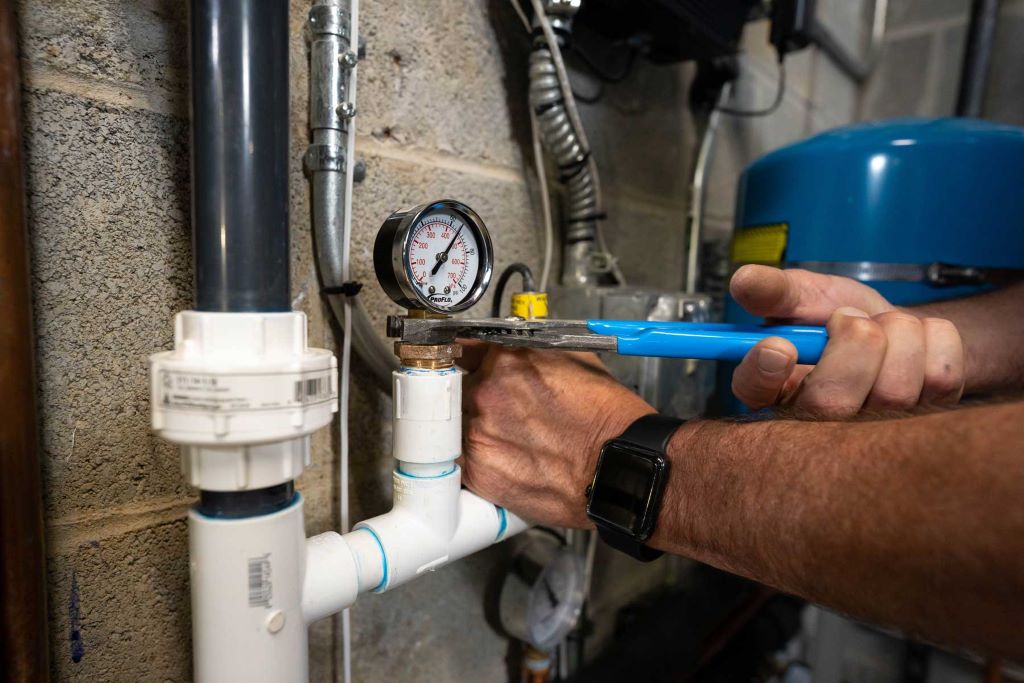Are you tired of that feeble trickle of water coming from your faucets and showerheads? Low water pressure can be frustrating, especially when you’re trying to take a relaxing shower or wash dishes. But fear not! In this article, we will explore how to improve water pressure in house. Say goodbye to weak streams and hello to a strong, satisfying flow.
Understanding the Causes of Low Water Pressure
Before we dive into solutions, it’s essential to understand why you might be experiencing low water pressure. Several factors can contribute to this issue:
1. Clogged Pipes
One of the main reasons for low water pressure, slow drainage, and pipe bursts is the accumulation of mineral deposits, rust, and debris inside your plumbing pipes over time. To maintain proper functionality of your homey improvements, it’s crucial to clean your pipes regularly.
2. Faulty Pressure Regulator
A malfunctioning pressure regulator can limit the amount of water pressure entering your home.
3. Water Leaks
Hidden or unnoticed leaks in your plumbing system can result in reduced water pressure.
4. Municipal Supply Issues
Sometimes, the problem may not be in your house but with the municipal water supply. Check with your local water department for any ongoing issues.
Solutions to Boost Water Pressure
Now that we’ve identified some common causes let’s explore how to improve your water pressure:
1. Clean or Replace Pipes
If clogged pipes are the issue, consider hiring a professional plumber to clean or replace the affected pipes.
2. Check and Adjust the Pressure Regulator
If your pressure regulator is faulty, have it inspected and adjusted or replaced by a qualified technician.
3. Fix Water Leaks
Address any leaks promptly to prevent further water pressure loss. A plumber can help you locate and repair hidden leaks.
4. Upgrade Your Plumbing System
Consider upgrading your plumbing system to larger pipes to increase water flow. This can be a significant investment but can make a substantial difference.
5. Install a Water Pressure Booster Pump
A water pressure booster pump can be added to your plumbing system to increase water pressure throughout your house.
DIY Tips for Immediate Improvement
If you want to try some quick fixes before calling in the professionals, here are some DIY tips to boost water pressure:
1. Remove and Clean Faucet Aerators
Mineral buildup can clog faucet aerators, causing reduced water flow. Remove them, soak in vinegar, and clean thoroughly.
2. Check for Partially Closed Valves
Make sure all water valves in your house are fully open. Sometimes, partially closed valves can restrict water flow.
3. Inspect and Clean Showerheads
Showerheads can also accumulate mineral deposits. Remove and soak them in vinegar to restore water pressure.
Conclusion
Improving water pressure in your house is not an insurmountable challenge. By understanding the causes of low water pressure and implementing the right solutions, you can enjoy a strong and consistent flow of water throughout your home.
FAQs
- Why is my water pressure so low in the first place?
Low water pressure can result from clogged pipes, a faulty pressure regulator, water leaks, or issues with the municipal water supply. - Can I fix low water pressure on my own?
Some DIY solutions like cleaning faucet aerators and checking for closed valves can help, but for more significant issues, it’s best to consult a professional plumber. - How much does it cost to upgrade my plumbing system for better water pressure?
The cost of upgrading your plumbing system can vary significantly based on your specific needs and the extent of the upgrade. It’s best to get quotes from plumbing professionals. - Is a water pressure booster pump a good investment?
If low water pressure is a persistent issue in your home, a water pressure booster pump can be a worthwhile investment to improve water flow. - Where can I get professional help for my water pressure problems?
You can find qualified plumbers in your area through local directories or online services. Ensure they are licensed and experienced in dealing with water pressure issues.


